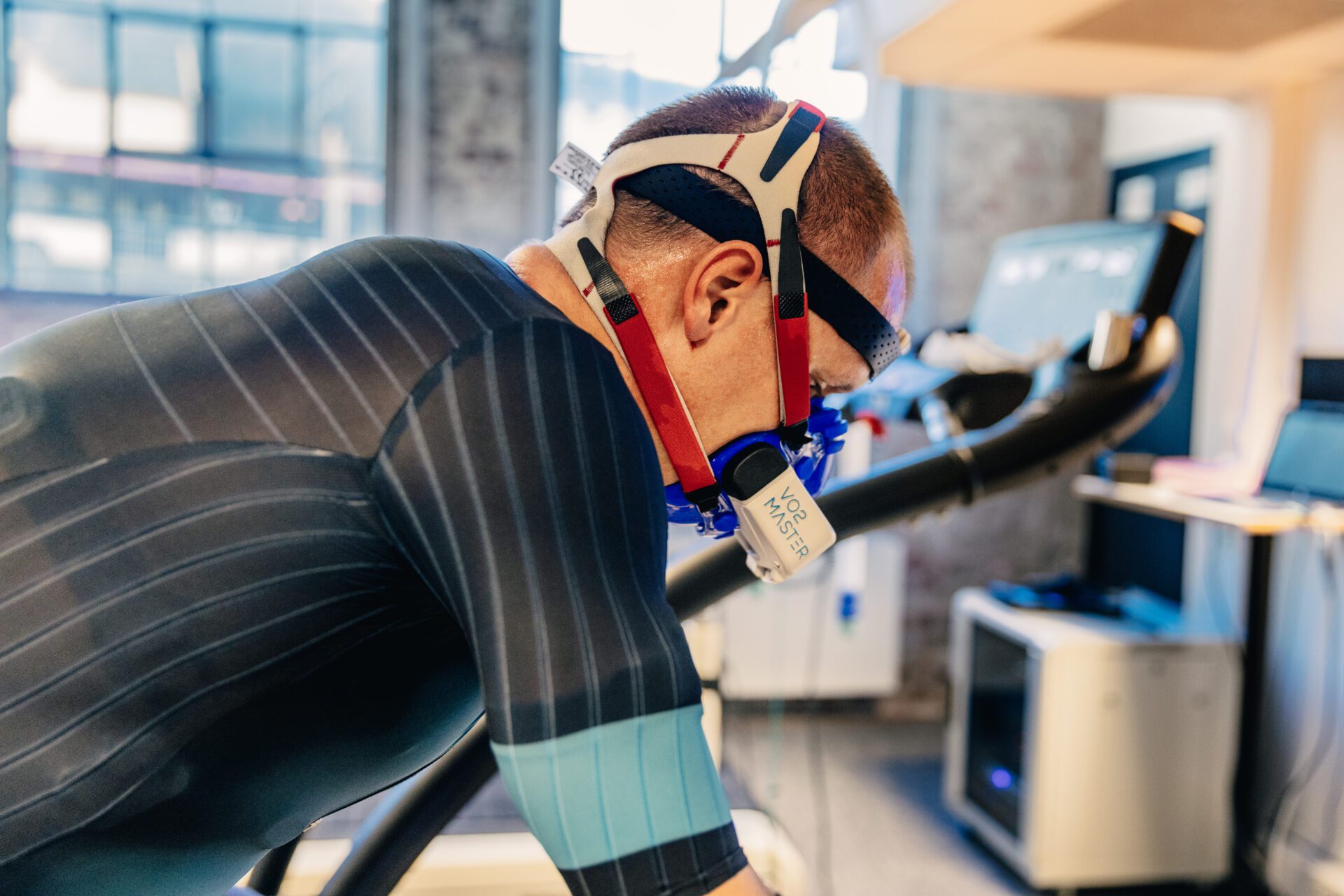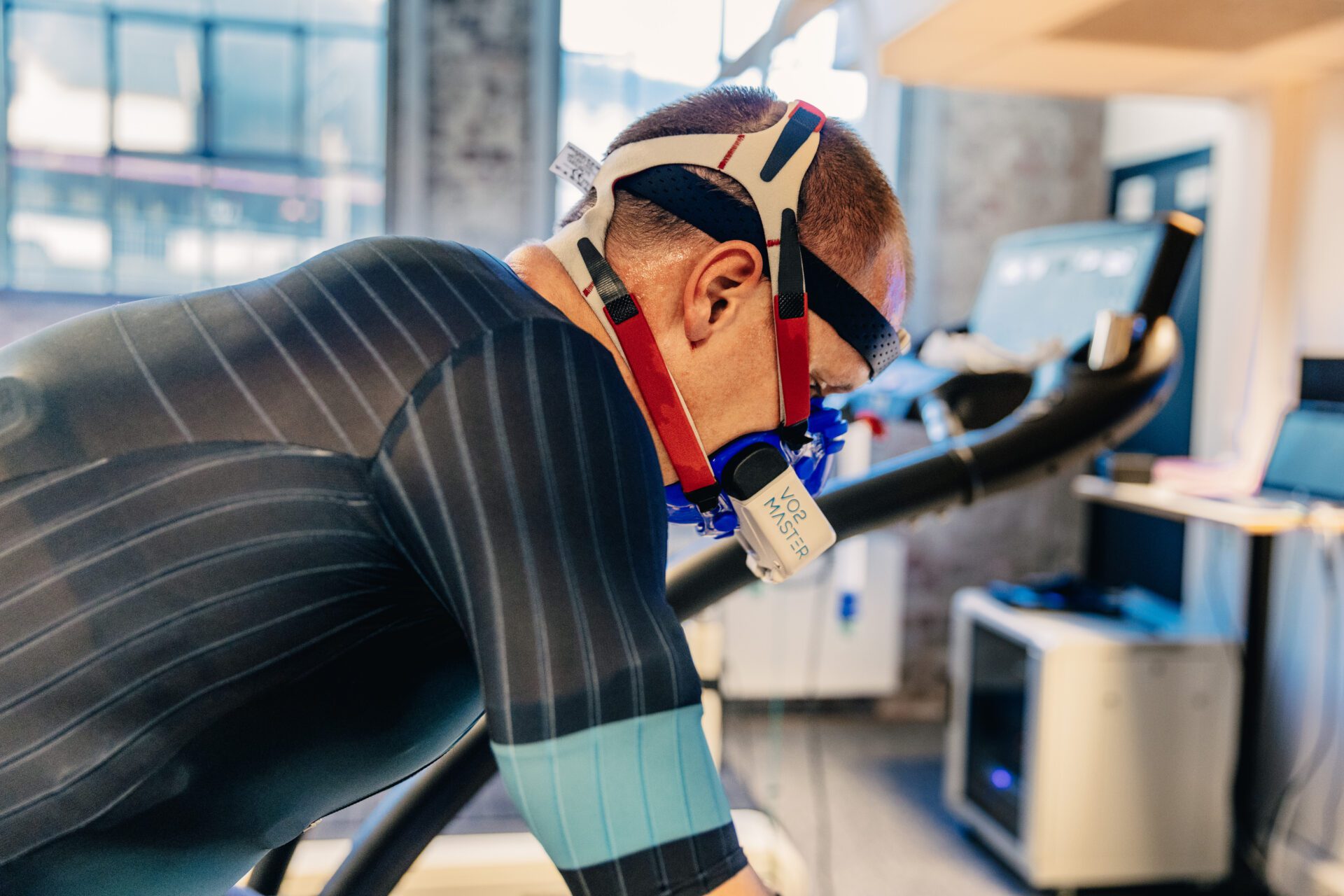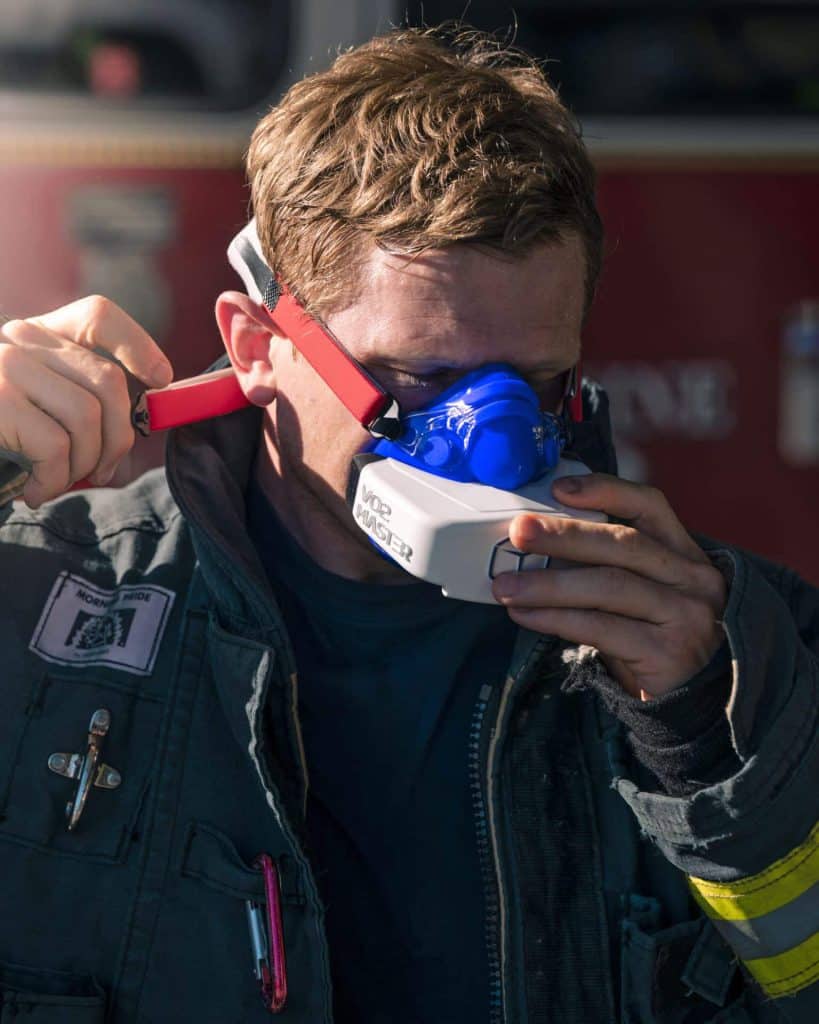The Norwegian Method Podcast: 11 Insights to Optimize Your Triathlon Training
This is the fourth episode in this series. If you haven’t yet listened to Episode 3, click here to read our seven takeaways and listen to the episode in full. In the fourth episode of The Norwegian Method Podcast presented by Santara Tech, hosts Dr. David Lipman and coach Olav Aleksander Bu, dive into tips,Continue reading "The Norwegian Method Podcast: 11 Insights to Optimize Your Triathlon Training"

This is the fourth episode in this series. If you haven’t yet listened to Episode 3, click here to read our seven takeaways and listen to the episode in full.
In the fourth episode of The Norwegian Method Podcast presented by Santara Tech, hosts Dr. David Lipman and coach Olav Aleksander Bu, dive into tips, tools, and strategies to optimize your triathlon training season.
Here are 11 highlights from Episode 4.
1. Apportioning Time Between Swimming, Biking, and Running
When it comes to balancing your focus between swimming, cycling, and running, it’s important to remember one thing:
The goal isn’t about becoming faster in one discipline but becoming the fastest possible triathlete.
For a well-rounded triathlete, your mission is to move your velocity curve across all three disciplines while working within the constraints of your time budget.
This requires a combination of intensity and duration.
However, the general rule when deciding how to bank out your training sessions is to look at the distribution of your race.
If you’re a weaker swimmer, focus more there. Or if you’re a weaker cyclist, put more into that discipline.
But it’s important to understand how these disciplines impact one another.
When done correctly, running and biking influence each other in a positive way, but they also impact your ability to recover in order to do the other. Swimming is a different modality and you don’t have to be quite as careful about intensity.
That is to say, your biking will impact your running (and vice versa) more than your swimming will impact either of them.
2. Fueling Your Body with Calories
There is no velocity without power and no power without calories.
In order to create velocity, your body needs to produce power, and producing power requires fuel.
This is why it’s essential to ensure you’re consuming enough calories to fuel your body during training.
Portable metabolic analyzers like VO2 Master can help you ensure you’re taking in enough calories to adequately support your level of output.
3. Embracing Adaptability in Training
Don’t be afraid to make a change in your training.
As a triathlete, you have a long, incredible journey ahead of you in the sport, and you’ll enjoy it more as you learn and evolve.
Making small changes makes things more fun, but change takes time.
Your training shouldn’t be rigid. Don’t look at it as a set requirement of time spent swimming, cycling, and running.
Instead, be flexible and experiment.
There is nothing wrong with making mistakes in training. If you fail, it sets you up for winning as you learn more and better understand how to optimize your training.
Be patient and make one small informed change at a time to see what works.
4. Prioritizing Training: Building on Strengths or Improving Weaknesses
Many triathletes wonder whether they should prioritize improving their weaknesses or building on their existing strengths.
Working on weakness makes your curve flat—it makes you consistent across all three rather than exceptional at one.
But in order to decide the best course for you, it’s essential to examine the reward for each scenario.
With all things being equal, how much time can be gained in each discipline by shifting your focus from one to another? How does that shift impact your overall race performance?
For example, if you shift time from cycling to swimming in order to gain five minutes during your swim but will, in turn, lose six minutes from your bike time, this isn’t the right approach.

5. Understanding Maintenance Compared to Improvement
It is universally true that making improvements to your weaknesses is more difficult than maintaining your strengths.
If you’re already good at one or two disciplines, it takes less stimulus to maintain that level than it does to improve in a weaker discipline.
Remember the importance of looking at the distribution of your race when planning your training and look at things proportionately.
For example, adding 30 minutes of swimming per week is a significant amount in relation to the amount you swim each week. On the other hand, reducing your cycling by 30 minutes is only a small portion of the total bike training you’ll do in a given week.
With that in mind, if you need to improve your swimming and you are already a strong cyclist, this trade-off is well worthwhile.
6. Defining the Power Law
Your training will need to be adjusted based on your race distance—the skills and focuses for a sprint triathlon are much different than they are for Ironman distance races.
This begs the question of what makes the right combination of volume and intensity.
According to the Power Law, intensity isn’t linear.
If you prescribe more high-intensity training, your duration and volume will decrease accordingly. And if you prioritize low-intensity training, duration and volume will increase.
How long you spend at each intensity depends on your athlete profile, but ultimately, it’s important to have variation because your body adapts to different stimuli.
7. Understanding How to Parcel Out Your Training
The challenge with high-intensity training is that your time to exhaustion is shortened. You can only do so much at that pace or power or heart rate.
This means you don’t cover much distance because you’re fatigued and, as a result, your velocity and power will drop throughout the session.
The biggest danger of training at your threshold isn’t injury, but depletion.
So, when parceling out your training, it’s good to do some work at your threshold but, after a certain point, you encounter the law of diminishing returns because that intensity is disconnected from what you’ll be aiming for on race day.
In the early parts of your training season, avoid training to exhaustion and instead look to build your general fitness.
Try to do six training sessions per week, mixing in higher-intensity double sessions some days with lower-intensity, higher-volume days in between. Then, spend one day per week focusing on strengthening your weaknesses.
There are countless ways to parcel out your training based on your own curve but eventually, you can standardize it based on what works best for you.

8. Deciding Where to Cut Back If You’re Struggling with Training Loads
For age group triathletes, it’s entirely possible you’ll struggle with your training load at some point, often due to external factors like work, social life, and mental fatigue.
In these cases, the most important thing is to listen to your body.
Your goal should be to modify your training so you can recover from whatever challenges you’re facing. This may mean reducing your intensity and prioritizing volume and duration, or it could mean maintaining your intensity while reducing your volume and duration.
9. The Golden Rule: There Are No Quick Fixes
When it comes to triathlon training, there are no quick fixes.
Improvement comes from your ability to make good choices—and this doesn’t come for free. Experience is the only way to make smarter choices.
The key is to proactively reflect on your workouts to assess what you can do better. Eventually this almost becomes reflexive. The same way you train your physical body, you can train your mind for good habits as well.
10. Dealing with Intensity Control
Determining optimal training intensities can be challenging. Getting this right requires you to take a two-dimensional approach.
The first dimension is your input metrics.
Rate of perceived exertion (RPE) is one input metric. In its simplest context, this is a scale from one to 10 where, for example, four and five are close to your Ironman pace, seven to eight are harder, eight to nine are your VO2max, and ten is so intense you couldn’t go for a second longer.
Your heart rate is another input metric.
The second dimension is looking at output metrics like power and velocity data.
If you’re further away from competition, it’s wise to adhere more to your input metrics and allow for a little more variation in output metrics. Doing so gives you a good understanding of what your ranges will be during your race.
Then, as you get closer to competition, try to focus less on your input metrics because, ideally, you’ll know exactly what work needs to be done, allowing you to focus more on exactly what you need to achieve on race day.
11. Examining Key Sessions vs. Development Sessions vs. Maintenance Sessions
Based on the understanding that not all things develop at the same speed and that it’s easier to maintain your strengths than it is to build your weaknesses, there are three types of sessions to incorporate into your triathlon training:
- Key Sessions: These sessions focus on your highest priority areas. These are your sacred sessions.
- Development Sessions: In these sessions, everything you do should be focused on improving your key sessions.
- Maintenance Sessions: The purpose of these sessions is strictly to slow the loss of the things you’re already strong at.
Based on your profile, you’ll already know where your gaps are and you can reverse engineer your goals in order to effectively distribute your budget of time, energy, and resources.
If you’d like to learn more, you can listen to episode 4 in its entirety. You can also find brand-new video content, news, and updates from The Norwegian Method on the VO2 Master blog.
